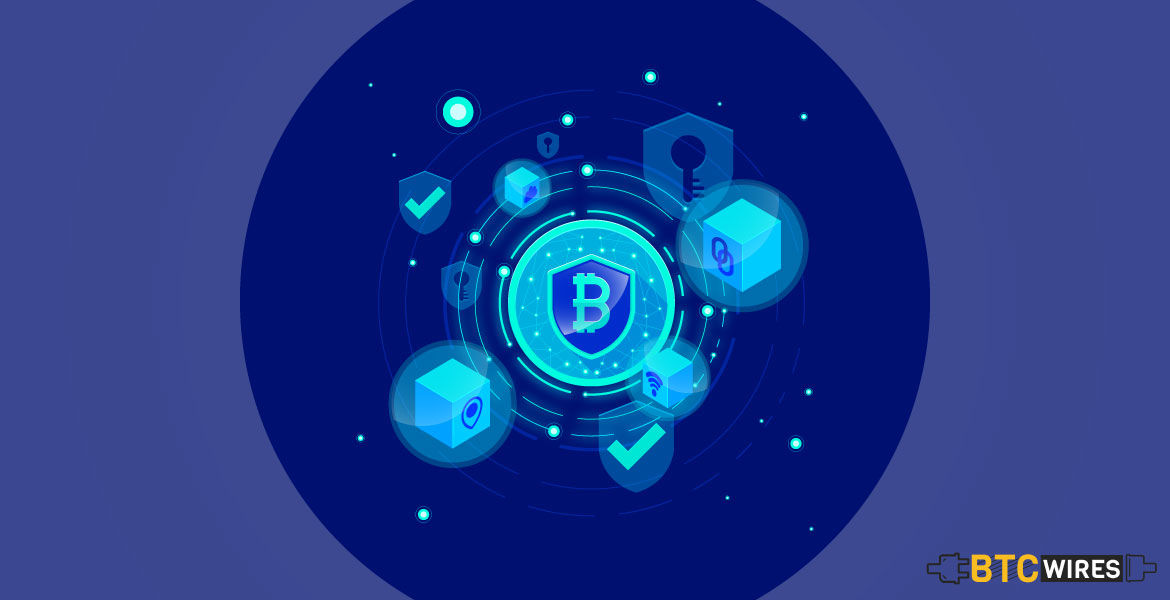Blockchain is often touted as the holy grail of modern,

Blockchain is often touted as the holy grail of modern, secure technology and is trusted to handle a great deal of use cases efficiently, effectively and most importantly, safely. From the role played by blockchain in supply chain to the technology’s application in managing digital identities, this is clearly an innovation that needs a great deal of secure. How does it live up to that challenge? Why is blockchain so secure? Let us find out.
Today, we will give you a sneak peek into the factors that make blockchain so absolutely wonderful for ensuring security for the modern tech landscape.
However, what you do need to bear in mind is that even the most foolproof of measures can fail sometimes.
Blockchain also has some major security concerns that make it vulnerable to thefts and hacks sometimes.Even so, it remains one of the most secure and revolutionary technologies of today, and deserves a detailed study.
You May Also Read: Blockchain Security Issues Explained
We will not go into much detail to explain the specifics of blockchain technology in this article but our discussion on its security should be enough to make you understand how it works.
If you still don’t understand blockchain, read this article we have put together for you.
Reasons Behind Blockchain’s Robust Security
The following factors make the security of blockchain so robust and reliable:
1. Decentralization
In a blockchain, there is no single point of failure. It is a form of distributed ledger technology which means that the database is shared or distributed across a very large number of servers.
There are two main implications of this aspect of blockchain technology. Firstly, this means that no single entity can do anything to manipulate all that sensitive data stored in these databases.
This protects the information against corrupt edits or unscrupulous overwriting. Moreover, this way, the actual person whose data this is, gets to retain control over it, instead of having to hand over the reins to a government or a major corporate.
The second way this ensures security is by ensuring there is always a copy of the data, even if a certain number of servers stop functioning. There is a well-distributed network of the database which ensures its continued existence.
2. Use of Cryptographic Principles To Bolster Security
The smallest unit of information in a blockchain is a block. All these blocks are linked together inexorably in a way that makes breaking in extremely difficult, if not impossible.
The input value of a block is converted to a hash value by applying a cryptographic algorithm. There are different kinds of cryptographic algorithms in use but the one used by the Bitcoin blockchain is SHA-256.
Each block bears its own hash value as well as that of its previous block. This way, it becomes impossible to break into a block without having intercepted a long chain of blocks before it.
With this aspect and more, cryptography enables a robust security system.
3. Consensus Mechanism
Blockchain maintains a single version of what the truth is by employing various different consensus protocols used in blockchain.
These are algorithms that make sure all nodes agree on the same value in the database and that all copies of the data are updated simultaneously and identically.
This ensures security by seeing to it that all nodes have the exact same data stored in a decentralized fashion.
Here Are A Few Other Articles For You To Read Next:
